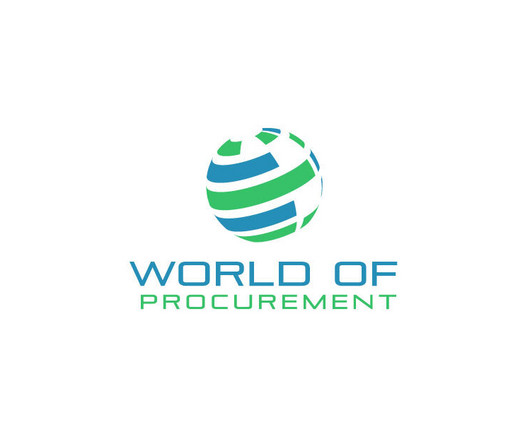Strategic Procurement — Everything You Should Know
Procurement Tactics
MARCH 16, 2023
It aims to ensure that the goods and services that the business needs are delivered on time and purchased within the budget. Additionally, it involves a careful analysis of supplier selection, payment terms, contract negotiation, and acquisition of goods. What is a procurement strategy?












Let's personalize your content